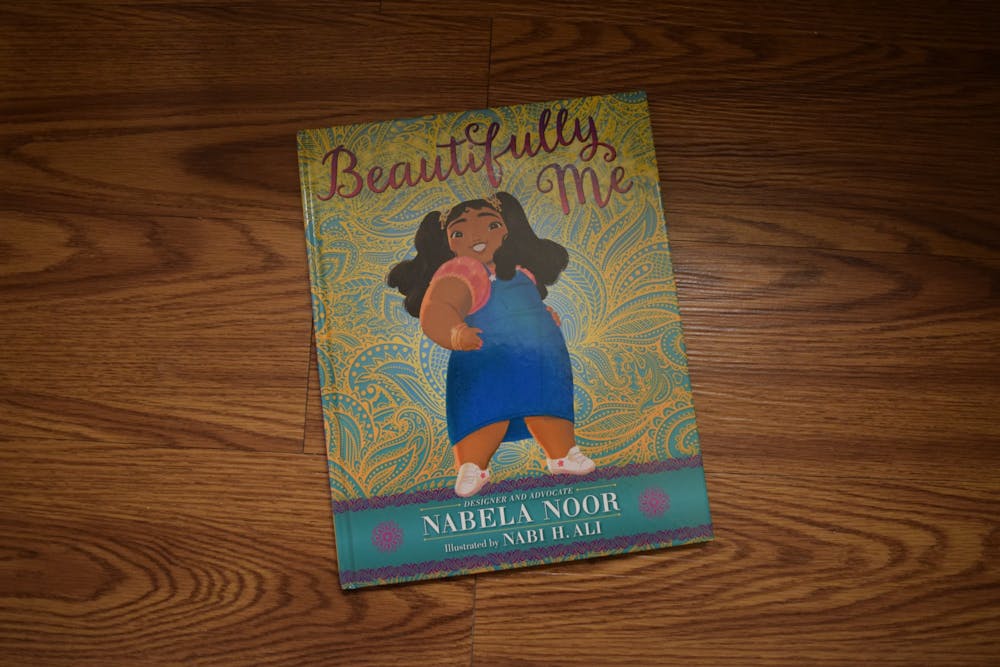It may be meant for children, but everyone needs to read creator and entrepreneur Nabela Noor’s newest book “Beautifully Me.”
Noor is a Bangladeshi American influencer known for promoting self-love and inclusivity on her platforms and through her companies. Noor poured her heart into this book and it shows. Not only is it true to her brand by promoting body positivity and self-love, but it also features authentic and much awaited Bangladeshi American representation. Tamil American illustrator Nabi H. Ali illustrates the book.
I am not a Bangladeshi American, like Noor or the protagonist of “Beautifully Me,” Zubi Chowdhury, but seeing a character who looks similar to me in an American-made, Simon & Schuster published children’s book is heartwarming.
Sometimes, drilling tough topics like body image and self-love down to the level of understanding for children is needed. Adults might think they have outgrown reading children’s books, but they still have the capability to be informative and motivating.
“Beautifully Me” does not shy away from embracing Bangladeshi culture, but it instead leans headfirst into it. The book mentions Bangladeshi holidays, popular foods and deserts. It also features characters speaking in Bangla and wearing Bangladeshi clothing. With the combination of Ali’s illustrations, this book is gorgeous.
Considering that, the book is such a benefit to have on bookstore and library shelves. What makes me happiest about this children’s book is young Bangladeshi and Indian girls will no longer feel left out or underrepresented growing up. “Beautifully Me” provides a safe haven of representation, and I hope it serves as a catapult for the inclusion of other underrepresented cultures.
The book tells the story of Chowdhury, who is about to start her first day of school. As she gets ready that morning, she overhears her Amma, her mom, Baba, her dad, and her sister Naya discussing their stomachs, their weight or diets in order to “look pretty”. Listening to all of this, Chowdhury begins to internalize the same feelings, repeatedly thinking and questioning why “being fat” is wrong.
As her story progresses, Chowdhury witnesses a classmate bully another classmate about their weight, which adds to her building confusion over what the word fat means and why it is bad. When she gets home from school, she erupts in emotions at dinner over the topic and claims that she too needs to go on a diet to look pretty.
Chowdhury tells her mom that she does not know what the term “beautiful” means anymore after hearing the complaints of her family members. I think what Noor wrote for Chowdhury’s Amma to respond with hit the nail on the head:
“You get to define what is beautiful. Whatever your body looks like, beauty is how you make people feel and the kind things you do. A beautiful person is someone who embraces who they are and helps others do the same.”
This response satisfied Chowdhury and is explained in a perfect way for children reading the book to grasp onto. But just because “Beautifully Me” is labeled a children’s book, does not stop it from being applicable and helpful for adults to read.
Like Noor says, “I am one of a kind, and that makes me beautifully me. There is only one you, and that makes you beautifully you.”




